Nam Du Archipelago
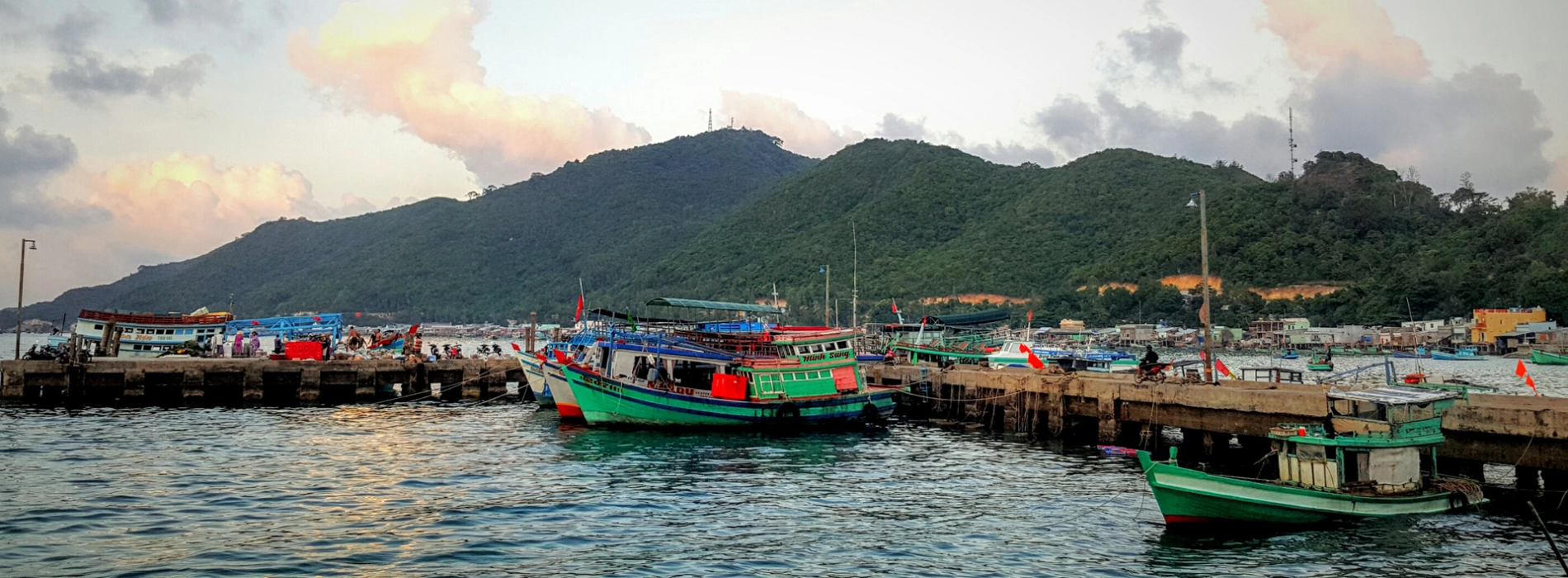
Nam Du Archipelago is a group of islands located in the Gulf of Thailand, off the southwestern coast of Vietnam. This picturesque archipelago is part of the Kien Giang Province and is known for its stunning natural beauty, pristine beaches, and clear turquoise waters. The archipelago consists of around 21 islands, with Hon Tre being the largest and most populous.
Nam Du has become increasingly popular as a tourist destination, attracting visitors seeking a tranquil and idyllic getaway. The islands are characterized by lush green landscapes, rocky cliffs, and a diverse marine ecosystem. Travelers can explore secluded beaches, enjoy water activities such as snorkeling and diving, and savor delicious seafood caught fresh from the surrounding waters.
The archipelago also has a rich cultural and historical significance, with traditional fishing villages scattered across the islands. The local population primarily relies on fishing and aquaculture, contributing to the authentic charm of Nam Du.
Accessible by boat from the town of Rach Gia, the journey to Nam Du is an adventure in itself, offering breathtaking views of the Gulf of Thailand. As a relatively undiscovered gem, Nam Du Archipelago provides a serene escape for those looking to experience the natural beauty and authentic culture of Vietnam's coastal regions.
Nam Du Archipelago, situated off the southwestern coast of Vietnam in the Gulf of Thailand, boasts a history intertwined with the nation's maritime heritage. The islands likely hosted early settlements engaged in fishing and trade, reflecting the strategic importance of their coastal location. During the colonial era, Nam Du, along with the entire Mekong Delta region, experienced the influence of French colonial rule, which persisted until Vietnam gained independence in 1954. While the archipelago may not have been directly involved in major military operations during the subsequent Vietnam War, the conflict had repercussions for the region. The post-war period saw Vietnam undergoing recovery and development, with coastal areas like Nam Du garnering attention for their economic potential in fisheries and tourism. In recent years, Nam Du Archipelago has emerged as a sought-after tourist destination, drawing visitors with its pristine beauty and relatively untouched environment, contributing to the region's contemporary significance in Vietnam's cultural and economic landscape.
Nam Du Archipelago offers a range of attractions that appeal to nature lovers, adventure seekers, and those seeking a tranquil escape.
Bai Men (Men Beach): Relax on the pristine Bai Men, one of the most beautiful beaches on Nam Du. Enjoy the soft sand, clear waters, and the serene atmosphere.
.jpg)
Bai Men characterized by soft, golden sand and crystal-clear turquoise waters
Hon Lon (Big Island): Explore the largest island in the archipelago, Hon Lon, where you can find fishing villages, scenic landscapes, and a chance to experience local life.
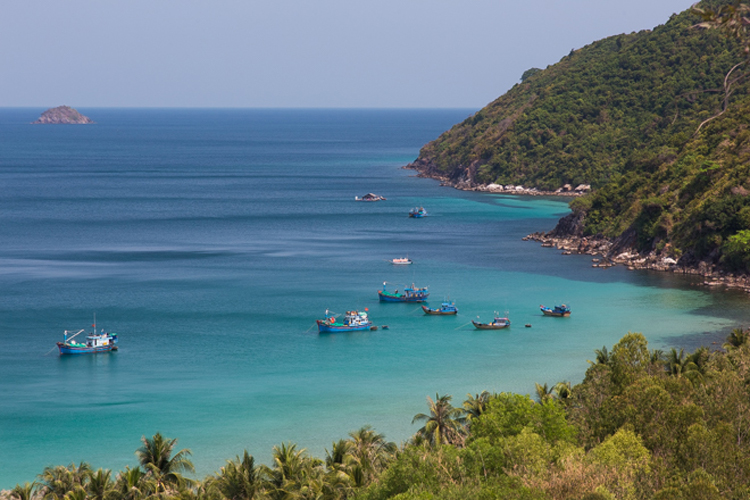
Hon Lon boasts panoramic views from elevated points
Bai Ngu (Fish Beach): Visit Bai Ngu, known for its vibrant coral reefs and marine life. Snorkeling and diving enthusiasts can explore the underwater world, filled with colorful fish and coral formations.
.jpg)
Bai Ngu, with its emphasis on underwater exploration and natural splendor
Hon Mau (Mau Island): Take a boat trip to Hon Mau, where you can climb to the viewpoint for panoramic vistas of the surrounding islands and the Gulf of Thailand.
.jpg)
The sea water in Hon Mau is famous for its clear blue
Nam Du Lighthouse: Visit the Nam Du Lighthouse on Hon Lon for breathtaking views of the archipelago. The lighthouse is not only a functional structure but also offers a picturesque setting.
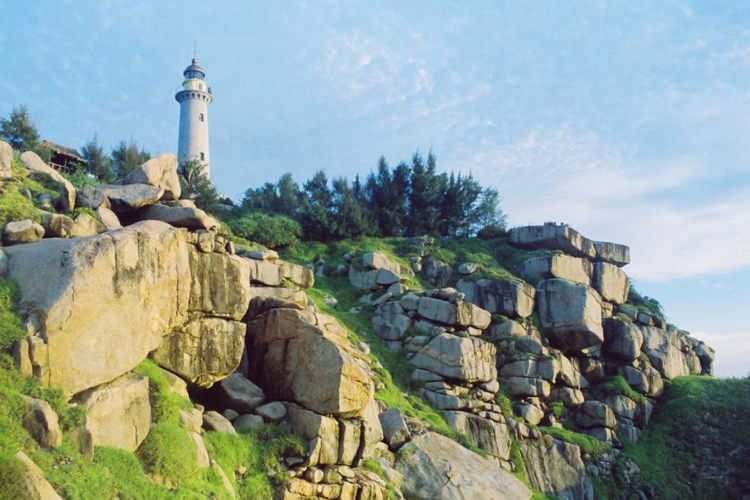
The breathtaking panoramic views of the beauty of Nam Du Archipelago
Discover Fishing Villages: Immerse yourself in the local culture by visiting fishing villages on various islands. Observe the traditional lifestyle of the fishermen and enjoy fresh seafood.
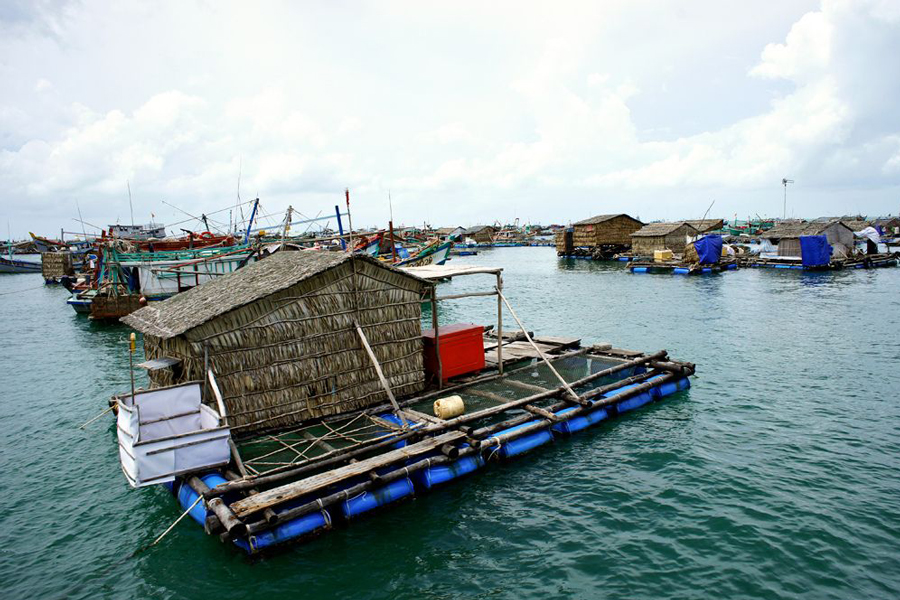
Fishing villages in Nam Du have retained a traditional way of life
Hire a Boat for Island Hopping: Rent a boat to explore the different islands within the archipelago. Each island has its unique charm, and island hopping allows you to discover the diversity of Nam Du.
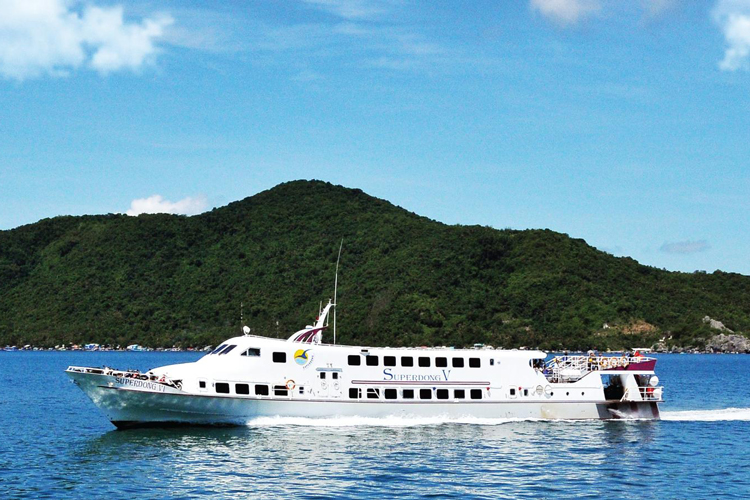
Superdong Boat
Sunset Watching: Experience the beauty of Nam Du during the golden hours by watching the sunset from one of the islands. The changing colors of the sky over the tranquil waters create a magical ambiance.
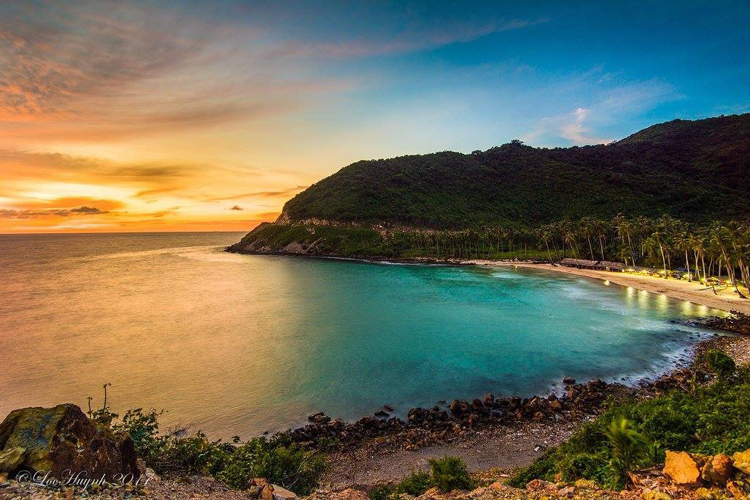
Beautiful sunset scene in Nam Du archipelago
Try Local Seafood: Indulge in the fresh seafood offerings, including squid, crab, and various fish dishes. Many local eateries on the islands serve delicious and authentic Vietnamese seafood cuisine.
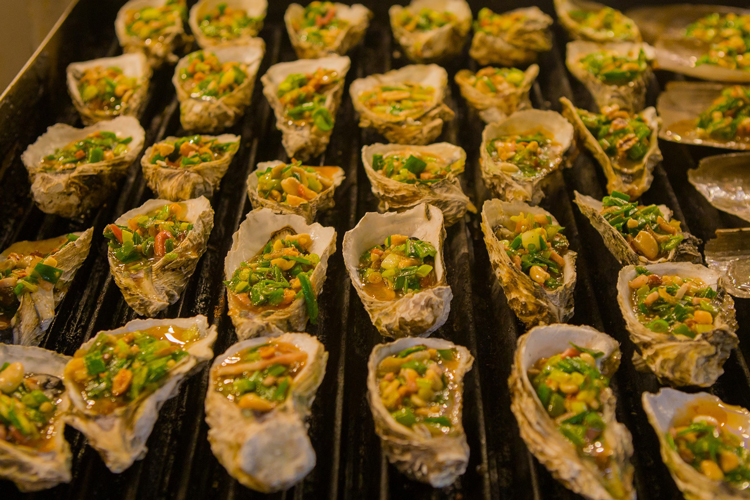
Grilled oysters with onion oil
Transportation
Accommodation: Accommodation options vary from budget guesthouses to more upscale hotels. Prices can range from a few hundred thousand VND to several million VND per night, depending on the type of lodging.
Food
Activities
Commencing in November and extending through the conclusion of April the subsequent year, Nam Du Island enters a period of extraordinary splendor. During this time, the sun casts a radiant golden glow over the verdant forests, the tranquil azure sea, and the invigorating air. It represents the prime season for engaging in various underwater activities like swimming, coral exploration through diving, or leisurely fishing. It is advisable to avoid traveling to Nam Du from May to October due to the prevalence of storms and turbulent seas. Not only is the scenery less captivating during this period, but there are also potential hazards to consider.
To reach Nam Du Archipelago from Ho Chi Minh City, there are two primary transportation options. Firstly, travelers can opt for a bus journey that originates in Ho Chi Minh City and heads to Rach Gia. The bus ride takes several hours, and several bus companies operate along this route. Alternatively, those seeking flexibility in their travel can choose to drive to Rach Gia by car, although it's important to factor in the travel time and road conditions.
Upon arriving in Rach Gia, the gateway to Nam Du, visitors can then proceed to the Rach Gia Pier. This serves as the departure point for speedboats en route to Nam Du. It is advisable to check the speedboat schedules in advance, as they may vary. The journey by speedboat typically lasts a few hours, and there may be different operators providing this service. This dual-step transportation process ensures a seamless transition from the bustling city of Ho Chi Minh to the serene beauty of Nam Du Archipelago